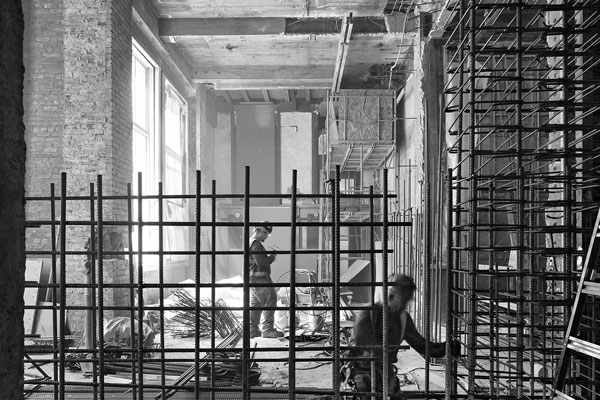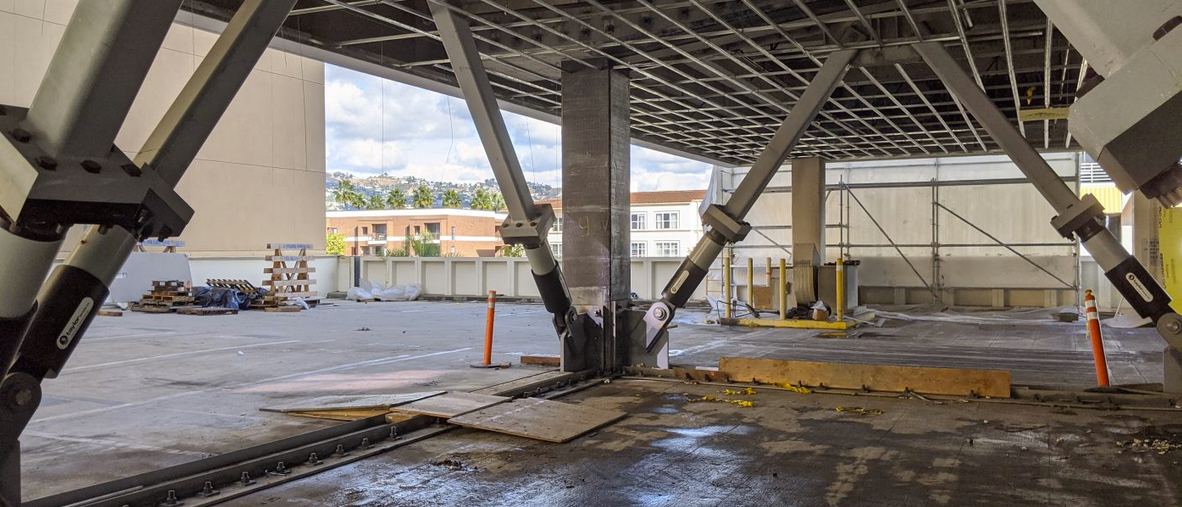The Innovations Of Civil Engineering In Seismic Retrofitting

Structural engineering is a crucial aspect of modern construction that demands high levels of expertise and experience. One of the major challenges faced in this field is retrofitting of structures, which involves upgrading or modifying existing structures to improve their resistance to natural disasters such as earthquakes, hurricanes, and floods. Retrofitting techniques are designed to enhance structural integrity and ensure the safety of occupants.
Frequently Asked Questions
Below are some of the frequently asked questions when it comes to retrofitting of structures:
What is retrofitting of structures?
Retrofitting of structures is the process of modifying or upgrading existing structures to enhance their strength and ability to withstand natural disasters such as earthquakes. The process involves analyzing the structure, identifying the weaknesses, and implementing necessary measures to improve its safety and strength.
Why is retrofitting necessary?
Retrofitting is necessary to ensure the safety of occupants and protect the structure from potential damage or collapse. As seismic activity and other natural disasters become more frequent, it is essential to ensure that structures are equipped to withstand them. Retrofitting can also enhance the value of a property and ensure compliance with building codes and regulations.
What are the different types of retrofitting techniques?
There are different types of retrofitting techniques, including:
- Seismic retrofitting
- Wind retrofitting
- Flood retrofitting
- Fire retrofitting
- Retrofitting for sustainable purposes
What are the benefits of seismic retrofitting?
Seismic retrofitting is a vital technique for enhancing the safety of structures during earthquakes. Some of the benefits include:
- Improved structural integrity
- Reduction in the risk of structural failure
- Increased safety for occupants
- Compliance with building codes and regulations
- Enhanced property value and marketability
How is seismic retrofitting performed?
Seismic retrofitting can be performed using different techniques, including:
- Foundation bolting and bracing
- Installation of shear walls and frames
- Steel and concrete jacketing
- Seismic isolation and base isolation
- Structural damping systems
What are the challenges faced during retrofitting?
Retrofitting of structures can be a complex and challenging process that requires a high level of expertise. Some of the challenges faced include:
- Difficulty in identifying weaknesses in the structure
- Cost and time constraints
- Compatibility of new and existing materials
- Limited access to certain areas of the structure
- Disruption to occupant’s activities during the retrofitting process
How can I ensure that my retrofitting project is successful?
Ensuring a successful retrofitting project requires careful planning and execution. Here are some tips to keep in mind:
- Hire experienced and reputable contractors
- Conduct a thorough inspection and analysis of the structure
- Identify potential challenges and develop a plan to address them
- Use high-quality materials and equipment
- Ensure compliance with building codes and regulations
Conclusion
Retrofitting of structures is an essential process that ensures the structural integrity and safety of buildings. With the right techniques and expertise, it is possible to upgrade existing structures to withstand natural disasters, improve marketability and increase value. By understanding the various types of retrofitting, challenges, and techniques, individuals can be better equipped to make informed decisions when it comes to their properties.


Post a Comment for "The Innovations Of Civil Engineering In Seismic Retrofitting"